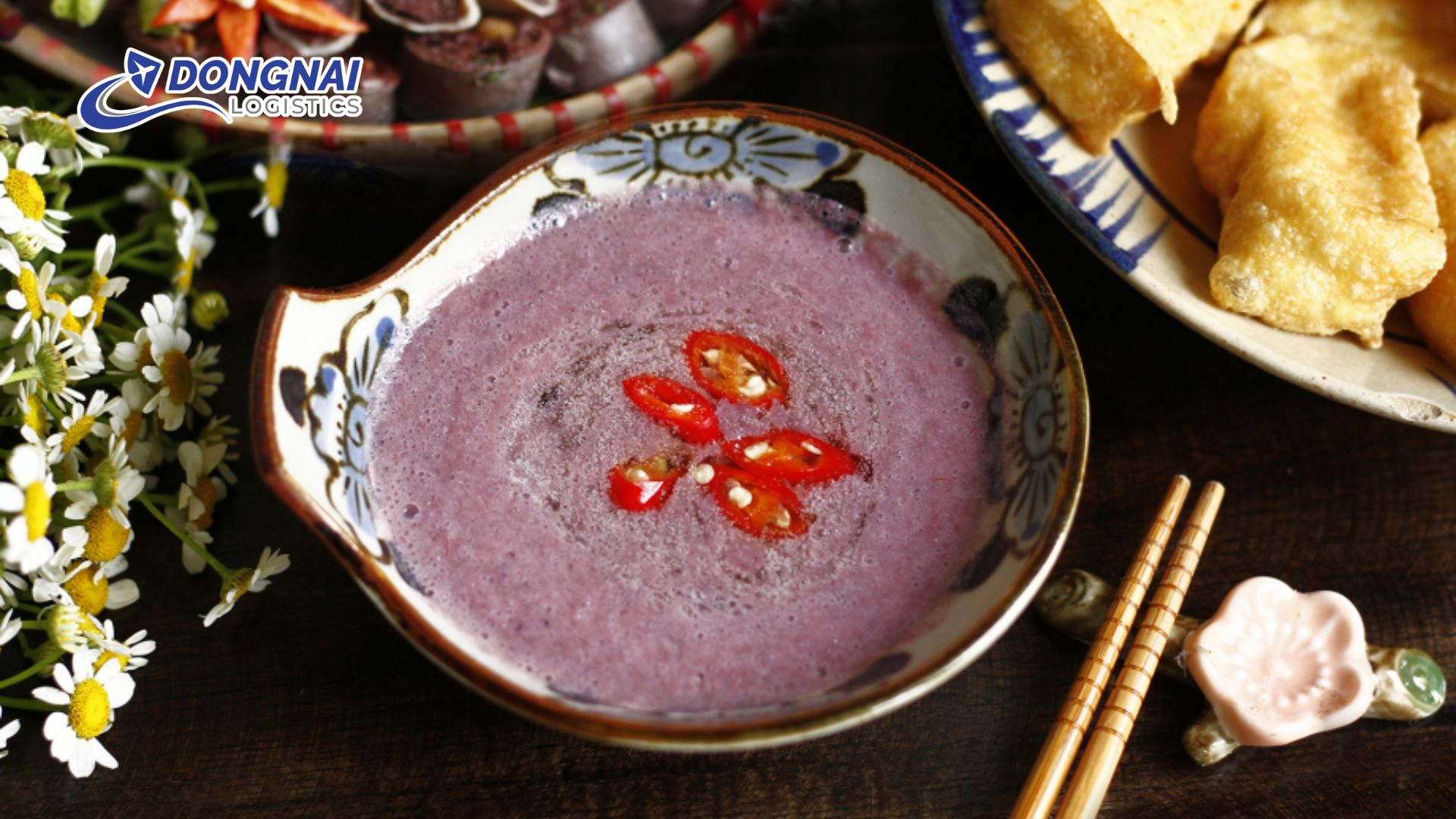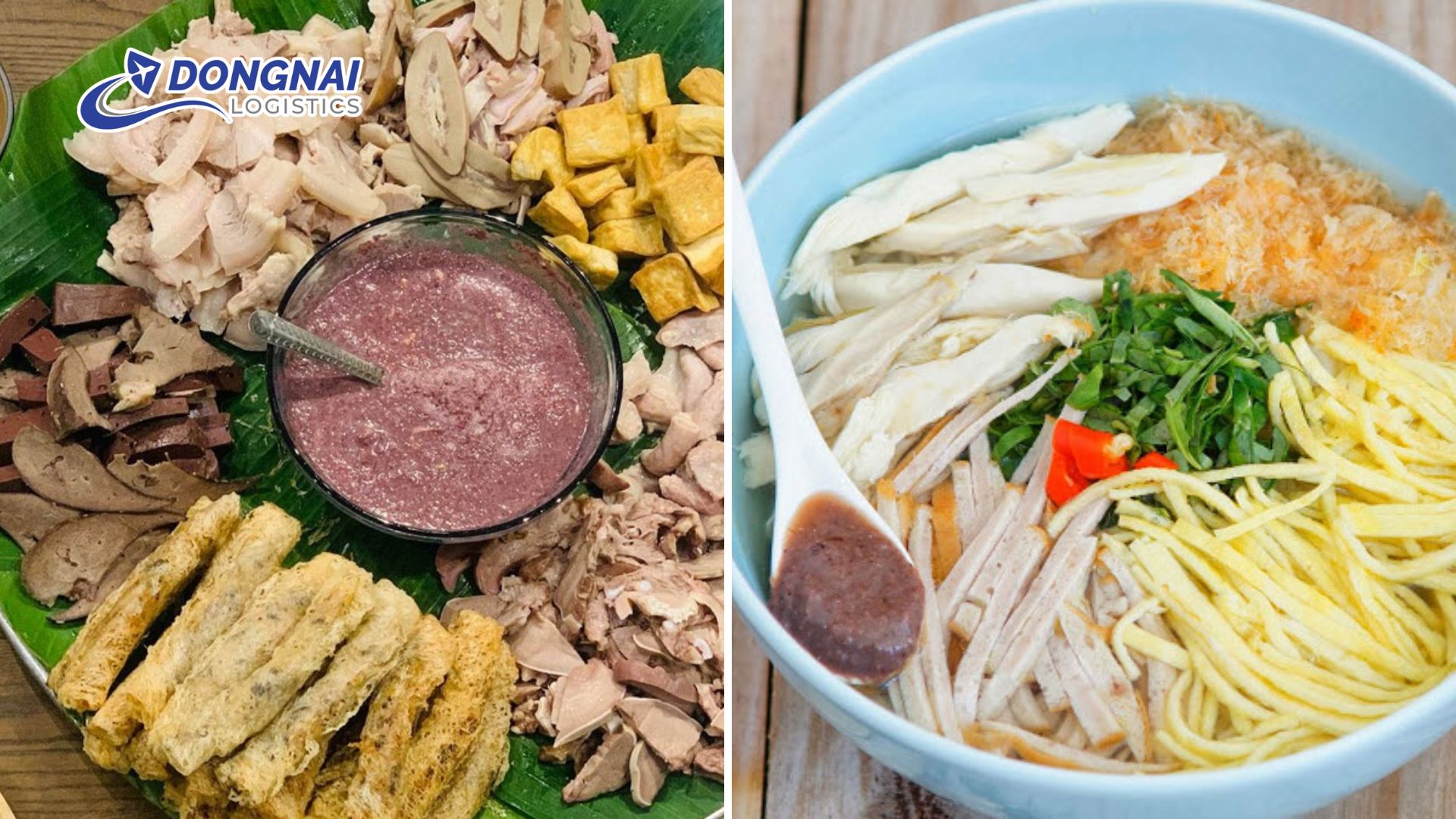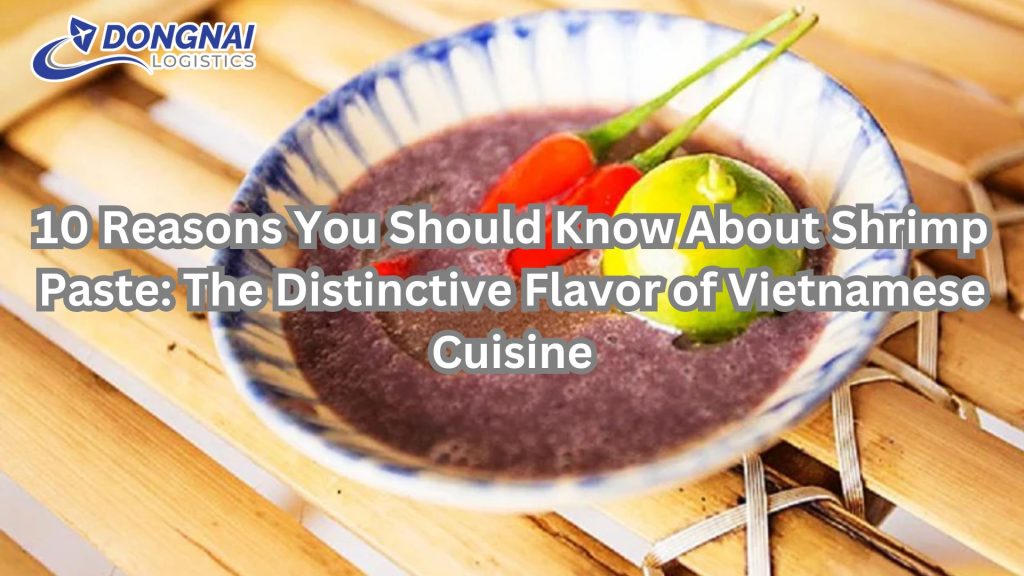10 Reasons You Should Know About Shrimp Paste: The Distinctive Flavor of Vietnamese Cuisine
Shrimp paste is an essential seasoning in Vietnamese cuisine, especially in Northern dishes. With its rich and distinctive flavor, this product has won the hearts of many food lovers. However, not everyone fully understands it—from ingredients and processing methods to delicious dishes made with this unique condiment. Let’s explore 10 reasons why shrimp paste is so popular in the article below.

1. What is Shrimp Paste?
It is a type of seasoning made from fresh shrimp. The shrimp are fermented in saltwater over a long period, creating a paste with a characteristic purple color and strong aroma. This product is not only used as a condiment but also as an ingredient in many delicious dishes, particularly traditional Vietnamese foods like bun dau (tofu and vermicelli), bun thang (Vietnamese chicken noodle soup), and grilled seafood.
2. Ingredients of Shrimp Paste
It is made from fresh, high-quality shrimp, usually land shrimp or freshwater shrimp. The shrimp are cleaned, finely chopped, and mixed with salt. This mixture is then fermented for several months to several years, depending on the desired taste and quality. The fermentation process develops a unique flavor, making it an essential component of many dishes.
3. What Are the Health Benefits?
Besides being a flavorful seasoning, shrimp paste offers several health benefits. It contains a high amount of protein from shrimp, along with essential minerals such as calcium and magnesium, which are beneficial for bone health. Moreover, its natural fermentation process helps improve digestion.
4. The Distinctive Flavor of Shrimp Paste
One of the reasons shrimp paste is indispensable in many dishes is its unique taste. It has a strong aroma, which may be overwhelming for first-time consumers. However, for those familiar with it, this seasoning provides a rich and appealing flavor that is hard to replace. The combination of shrimp’s natural sweetness and the saltiness of fermentation creates a truly distinctive taste.
5. What Dishes Use Shrimp Paste?
Shrimp paste is a fantastic ingredient in numerous traditional Vietnamese dishes. Some of the most popular include:
- Bun dau mam tom (Tofu and vermicelli with shrimp paste): A famous dish from Hanoi, often served with fried tofu, herbs, and rice vermicelli. The shrimp paste is mixed according to individual tastes.
- Bun thang (Vietnamese chicken noodle soup): A traditional Hanoi dish that uses shrimp paste to enhance its flavor. Combined with chicken, eggs, and herbs, this dish becomes even more delicious.
- Grilled seafood and meats: Shrimp paste is also used as a marinade for grilled meats and seafood, adding depth and richness to the flavors.

6. How to Prepare Shrimp Paste Properly
Shrimp paste can be eaten directly or mixed with other seasonings to make a dipping sauce. To prepare a tasty shrimp paste sauce, you need:
- 1-2 tablespoons of shrimp paste
- 1 tablespoon of sugar
- 1-2 fresh limes
- Minced garlic
- Chopped chili (optional)
Mix all the ingredients together to create a rich, spicy, and aromatic sauce. This mixture can be used as a dip for dishes like bun dau, bun thang, or grilled meats.
7. How to Store Shrimp Paste
Proper storage is crucial to maintaining the quality of shrimp paste. After purchasing, store it in a dry place, away from direct sunlight. For long-term storage, refrigeration is recommended. Shrimp paste has a long shelf life, but if you notice an unusual smell, it should no longer be consumed.
8. How Much Does Shrimp Paste Cost?
The price of shrimp paste varies based on quality and production methods. Handmade shrimp paste is generally more expensive than industrially produced versions. A 200g jar typically costs between 30,000 to 50,000 VND. However, at specialty stores or traditional markets, the price may be higher depending on the brand and quality.
9. Can You Eat Shrimp Paste Daily?
Shrimp paste is a salty condiment, so it should be consumed in moderation to avoid health issues. People with high blood pressure or kidney problems should be cautious when eating it. However, when used appropriately and as part of a balanced diet, shrimp paste can enhance the flavor of daily meals.
10. Important Notes When Using Shrimp Paste
- Choose high-quality shrimp paste: Opt for reputable brands with clear origins and food safety certification.
- Properly mix shrimp paste: Balance its strong flavor by adding sugar, lime, garlic, and chili to make it more palatable.
Shrimp paste is a distinctive seasoning in many Vietnamese dishes. Hopefully, this article helps you better understand and use shrimp paste correctly to enjoy its unique flavors in your meals.
Why Choose Our Services?
We have a team of dedicated consultants ready to assist you in selecting the most suitable shipping method based on your time frame and budget. Any inquiries about shipping procedures, import taxes, or customs clearance will be answered quickly and in detail.
👉 Contact us now to experience professional, reliable, and cost-effective shrimp paste shipping services!
See more:
Quy trình vận chuyển hàng đi nhanh
Dịch Vụ Vận Chuyển Bàn Ghế Nhựa Từ Hà Nội Vào Huế
Mua Hộ Mỹ Phẩm Pháp Giá Rẻ Số 1 Với Dongnai Logistics
VẬN CHUYỂN KEM DƯỠNG DA ĐI ĐỨC

